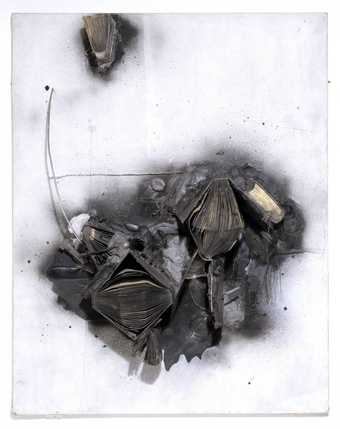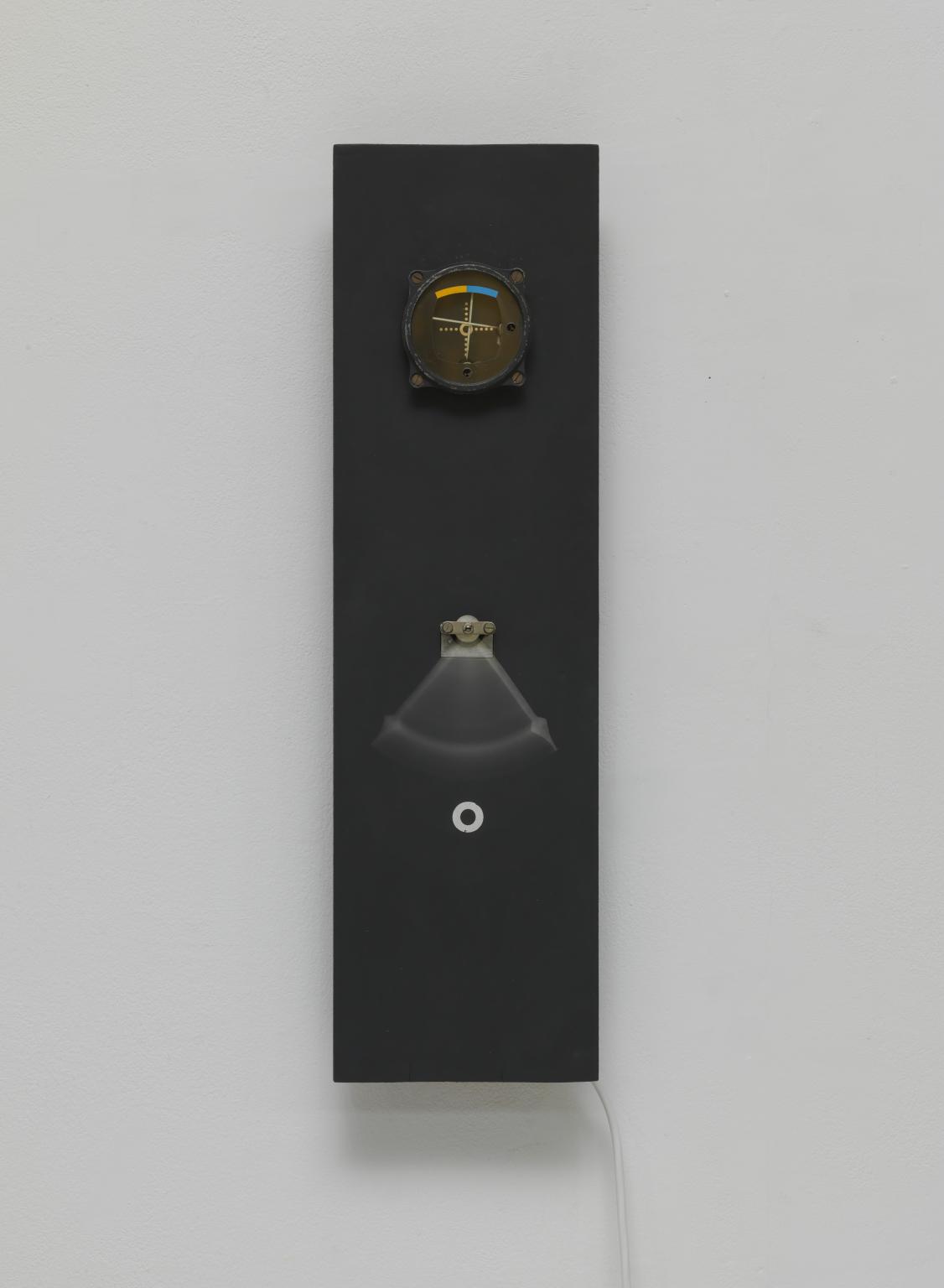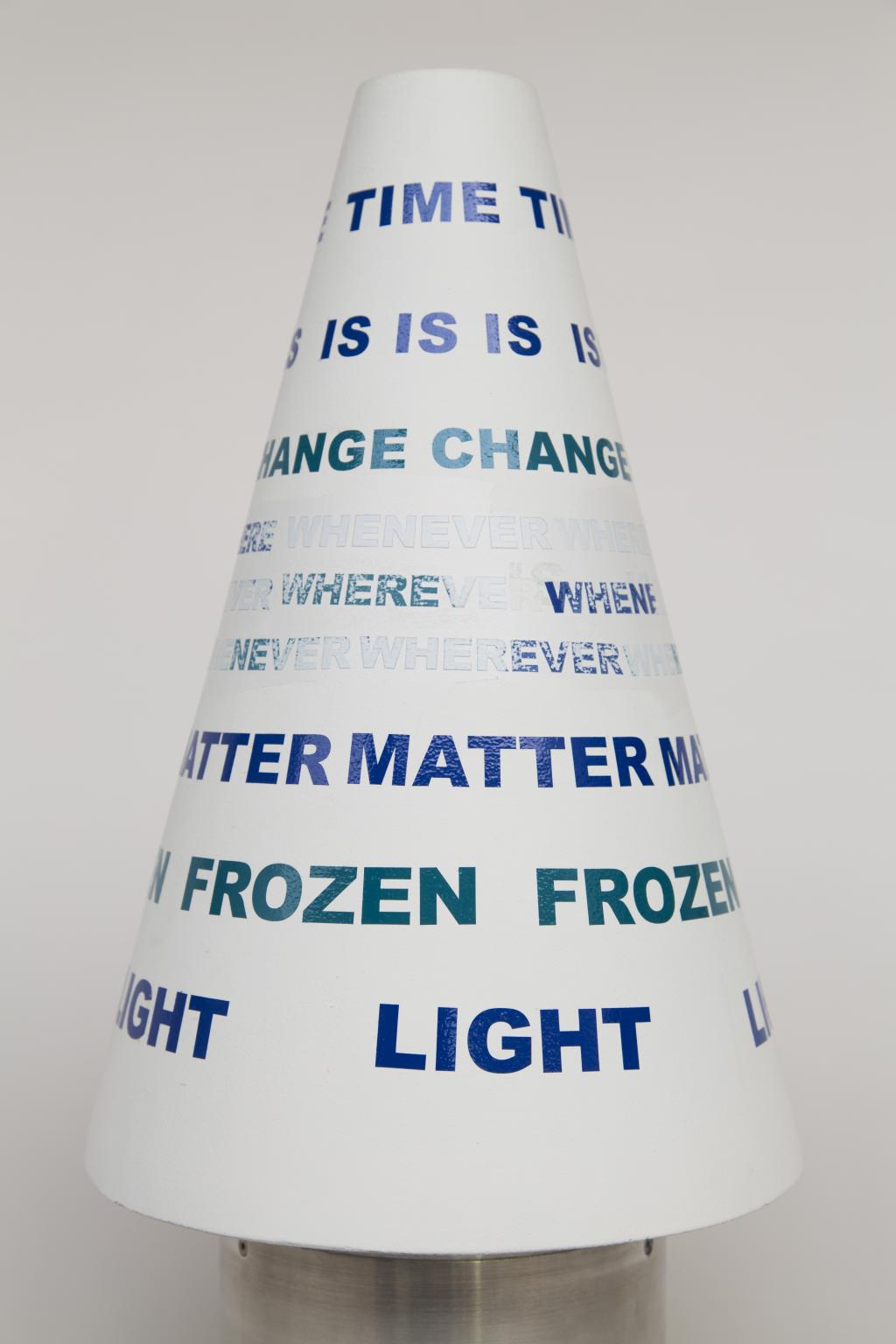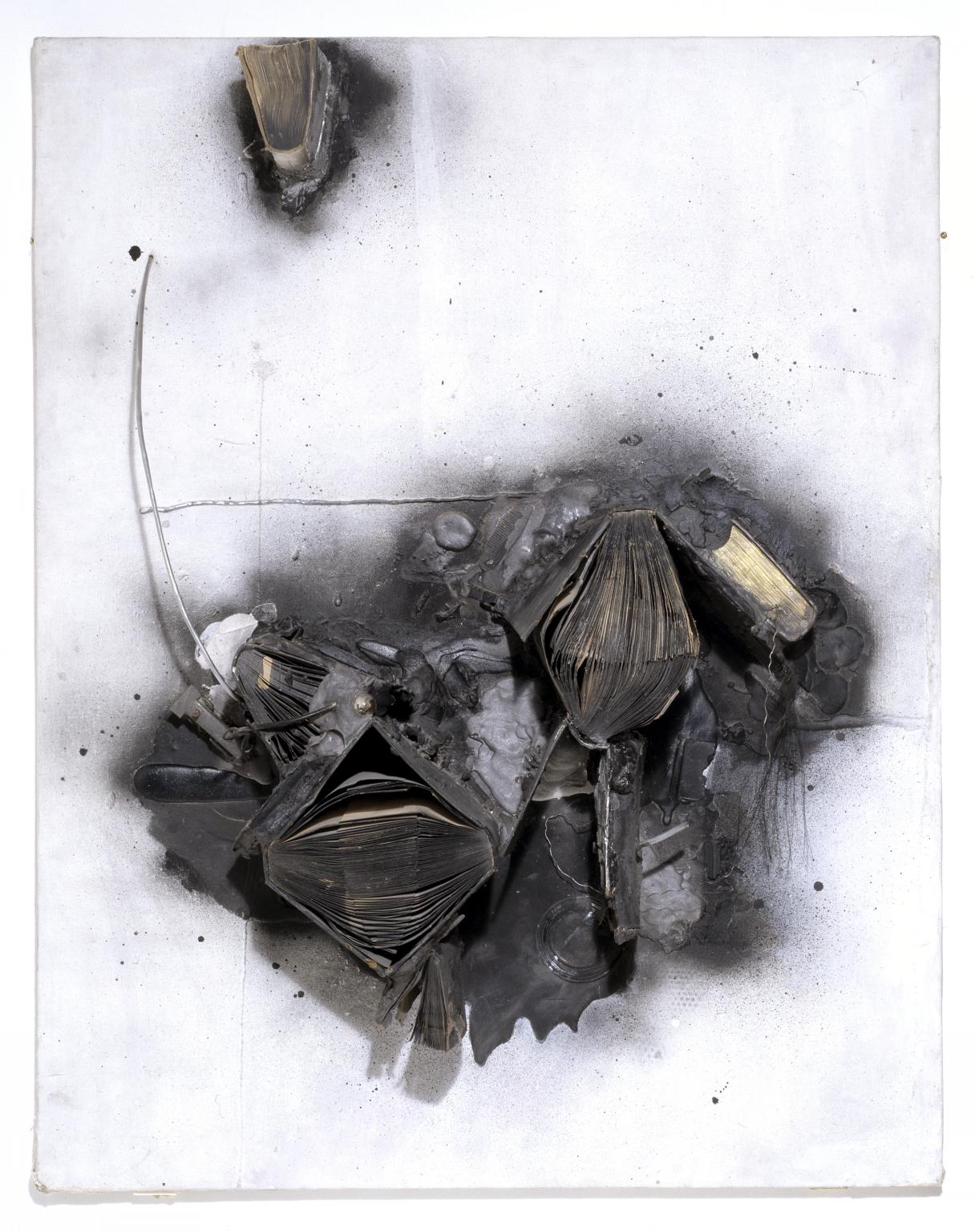19 rooms in Walk Through British Art
In the early 1960s, many artists question mainstream culture. They adopt a radical approach to life, integrating art into the environment
Art in this room
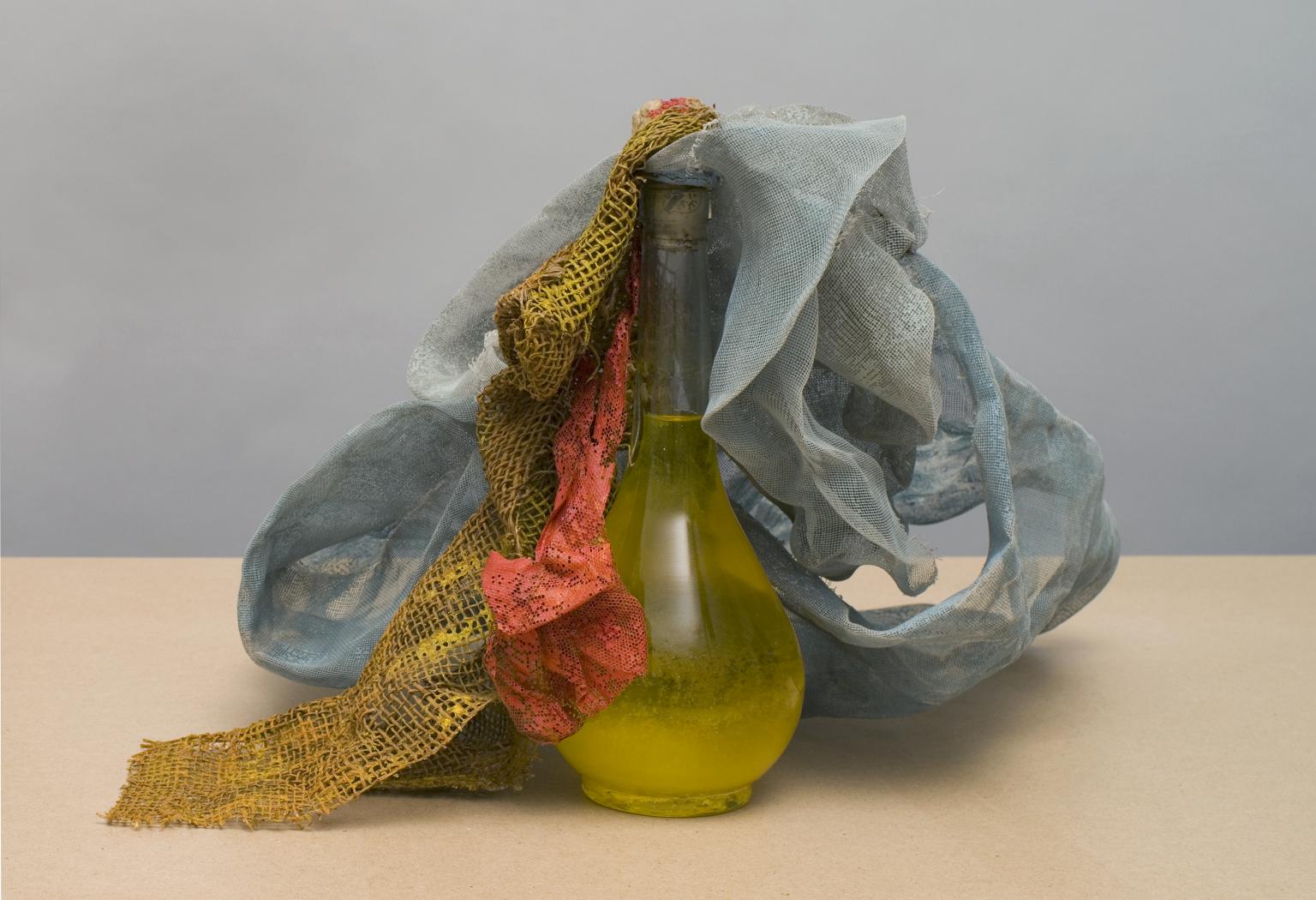
Hélio Oiticica
B17 Glass Bólide 05 ‘Homage to Mondrian’
1965
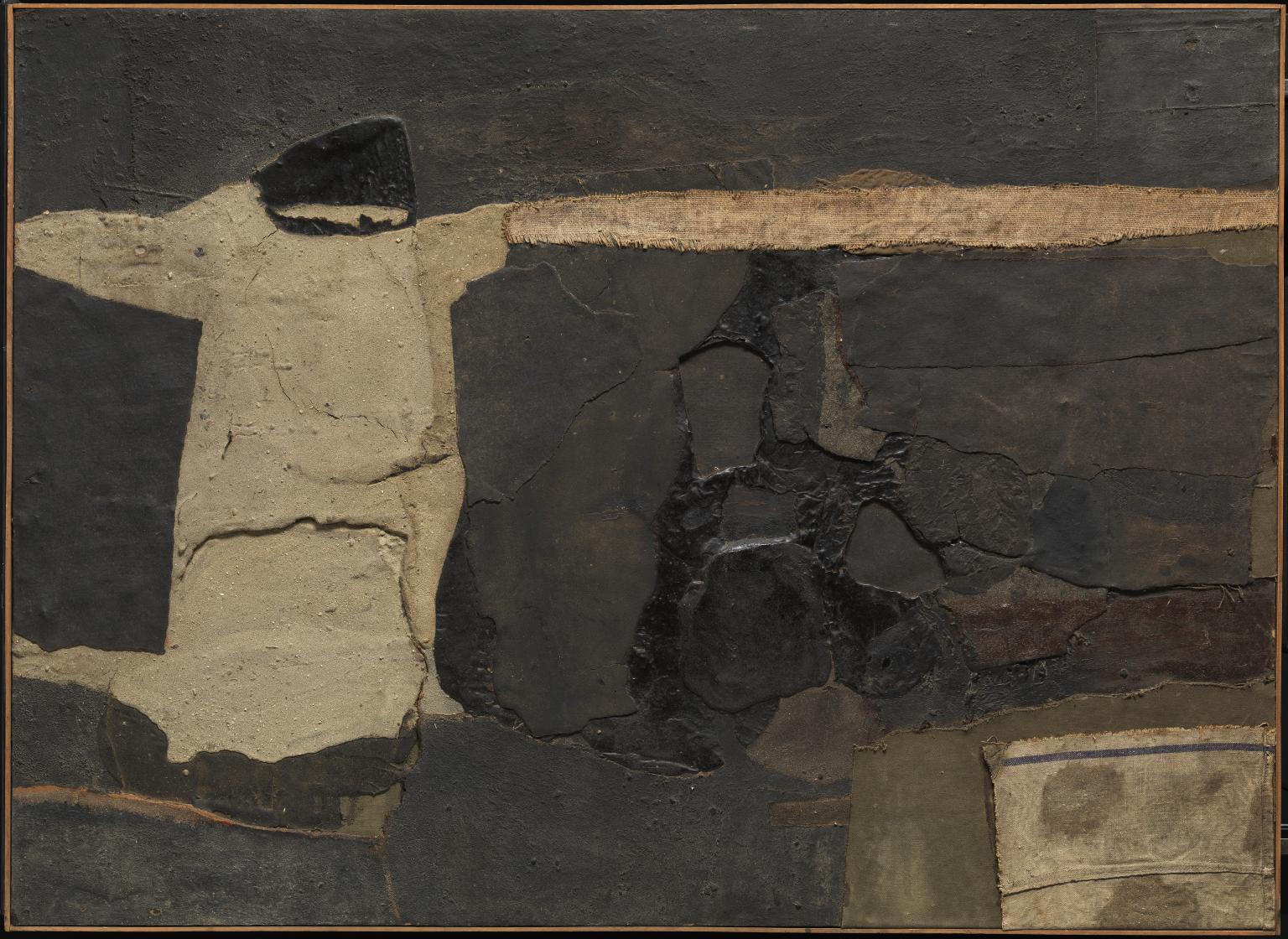
Stuart Brisley
Untitled
c.1960
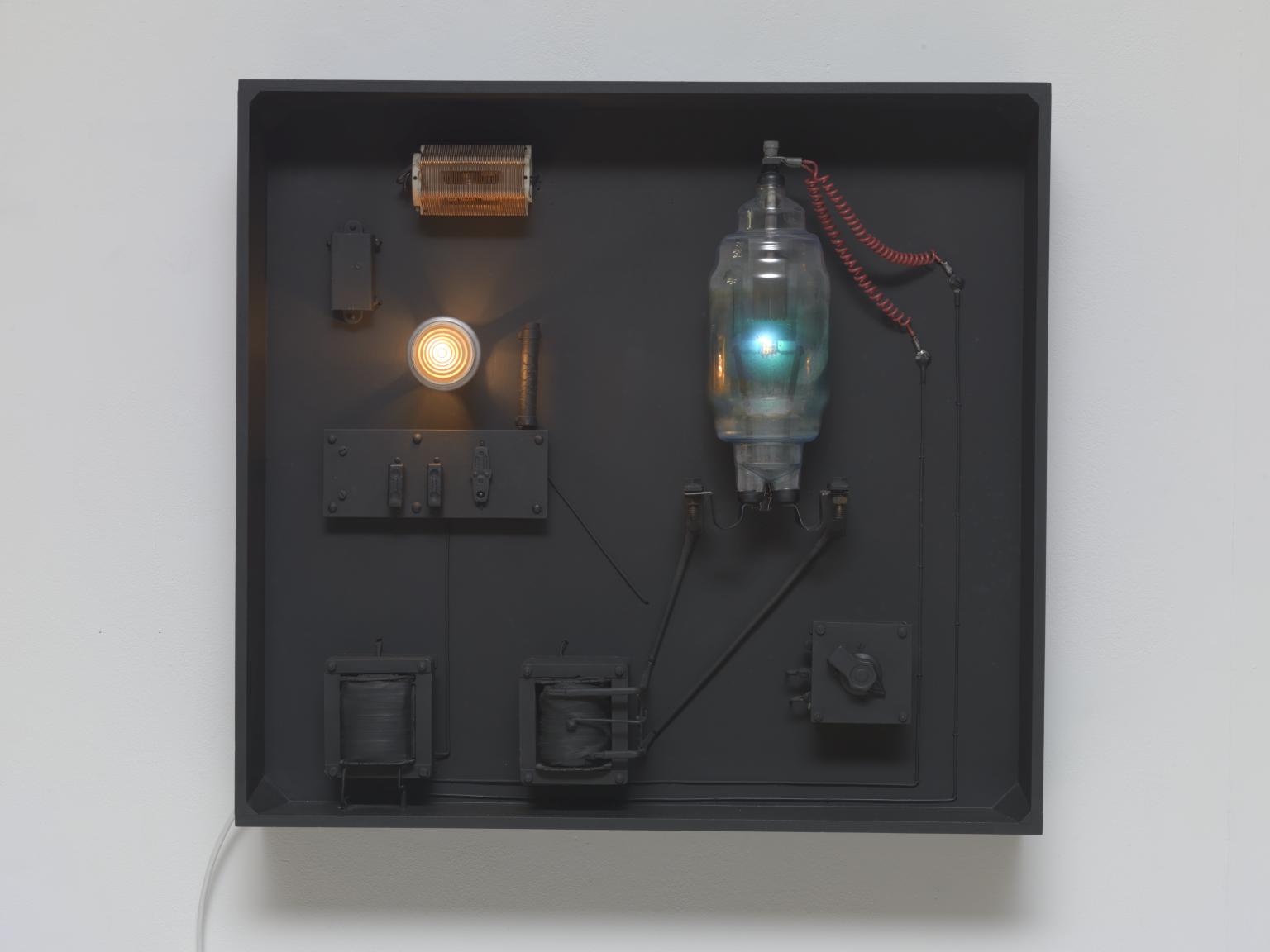
Takis
Télélumière Relief No. 5
1963–5
Sorry, no image available
Bruce Lacey
Boy, Oh Boy, am I Living!
1964
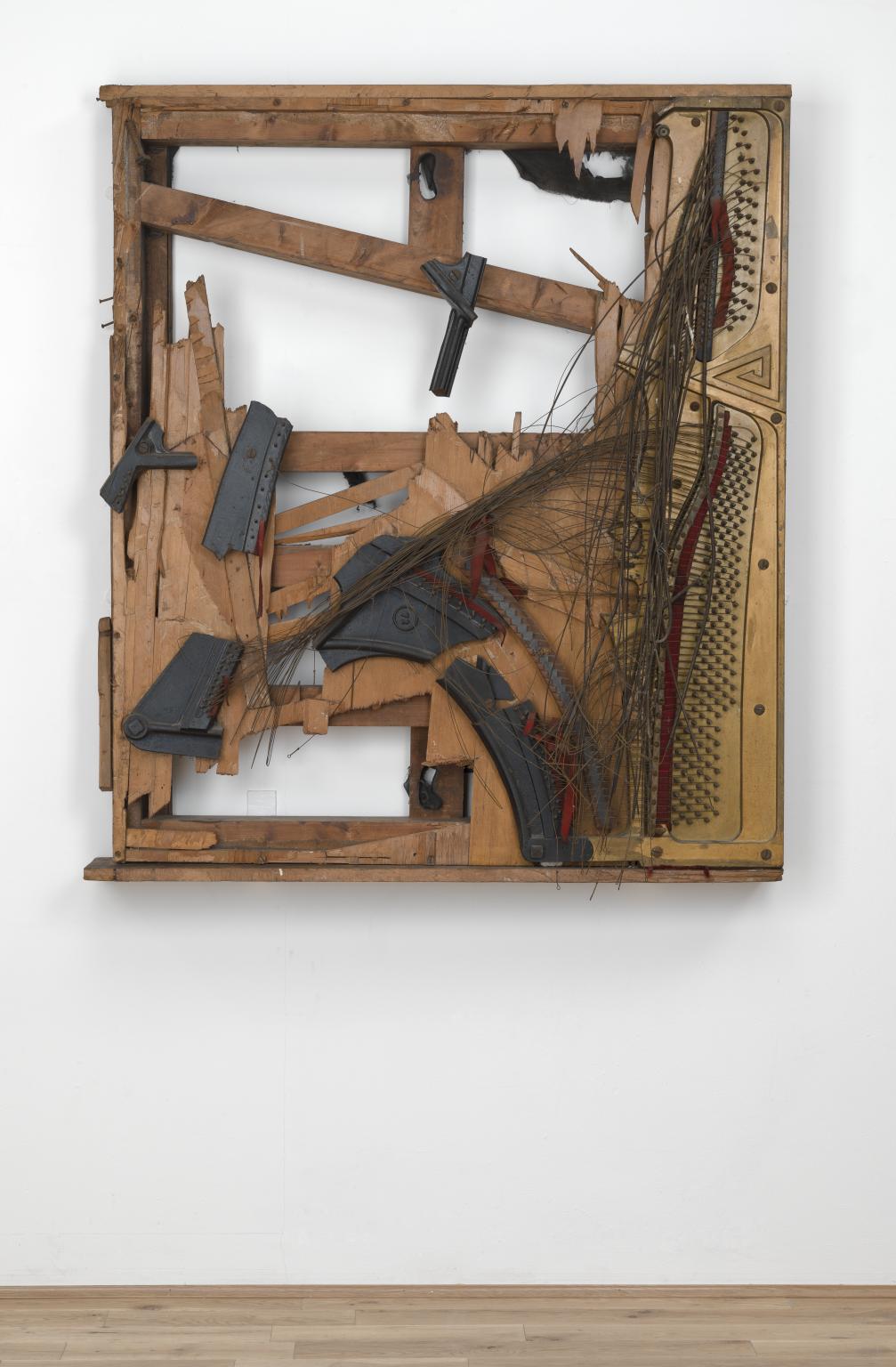
Raphael Montañez Ortiz
Duncan Terrace Piano Destruction Concert: The Landesmans’ Homage to “Spring can really hang you up the most”
1966
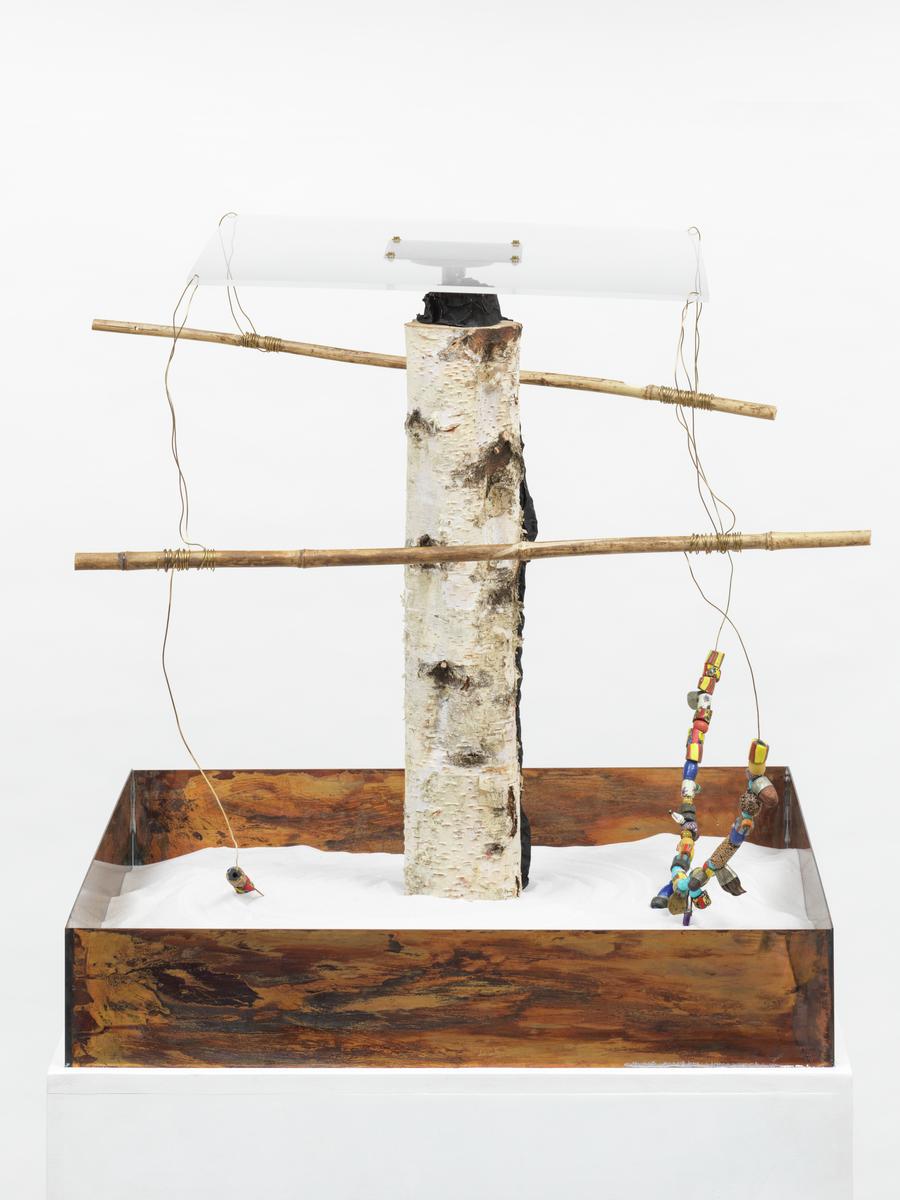
David Medalla
Sand Machine Bahag - Hari Trance #1
1963–2015
You've viewed 6/9 artworks
You've viewed 9/9 artworks

